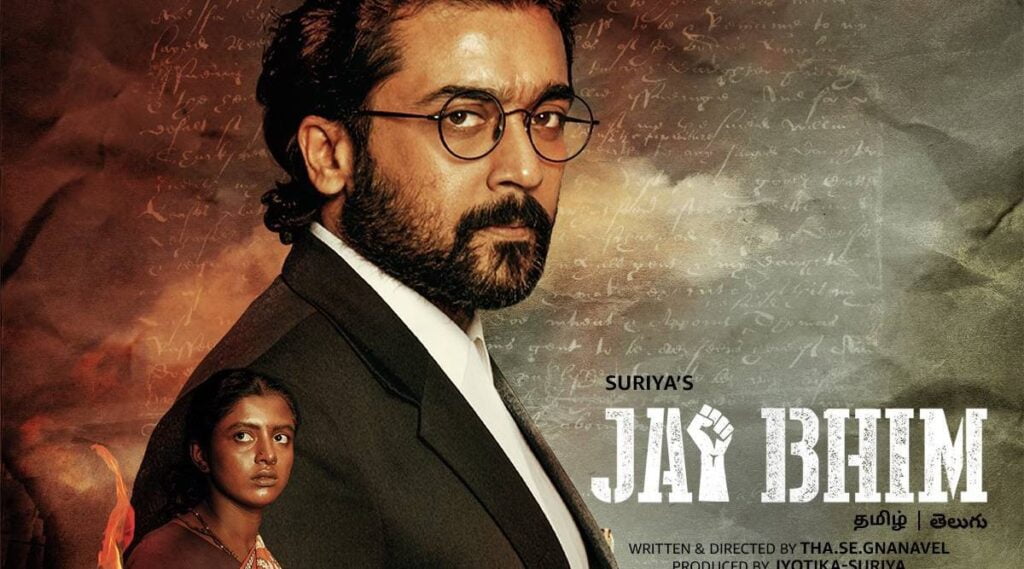Different cultures and religions exist in India, so there is a difference between classical and folk dance. These cultures are followed by different societies. The importance of culture in Indian citizen life cannot be overstated. Indians participate in a variety of cultural activities. Dance, song, and plays are some of these activities like Folk Dances of India.
India’s traditional dancing has gained a great deal of respect all over the world. It is also possible to find differences between articles on various topics that you need to know. Get a quick overview of the differences between them by reading the article below.
How Do Classical Dance and Folk Dance Differ?
Traditionally, dance is divided into two types: classical and folk. These two are considered as the major dance forms of India. The key difference between these two is their place of origin. Folk dancing is derived from the local traditions of the respective state or region, whereas classical dance is deeply connected to Natya Shastra.
Classical Dancing
Classical dancing refers to a group of dances that have their origins in Natya Shastra. The Natya Shastra is considered to be the oldest text on theatre and drama. Technique, grammar, and execution are considered to be well-developed in classical dance forms. For years, guru-shishya relationships have been used to teach these dance forms. Dance forms such as this one are considered to be stylized and performance-oriented.
Folk Dancing
People often develop folk dances based on their own lives, often to the sound of local music. This type of dance is a type of group dance, and its purpose is to celebrate occasions such as harvest, weddings, etc. In order to perform this dance, one does not have to undergo training, but rather mirror the steps that are being taught. It is only for enjoyment that these dances are performed.
Difference Between Classical Dance and Folk Dance
Definition
Folk dancing is a type of simple dance developed by the people to reflect their lives, often to local music, while classical dance is based on the Sanskrit text Natyashastra, which explains theatre and drama,
Nature
While classical dance involves many technicalities and requires grace, composure, stance, and abhinaya, folk dance does not. Fun, energy, and enthusiasm are the hallmarks of folk dance.
Complexity
As a result, classical dance is quite technical and complex, while folk dance is quite simple.
Dancers
Unlike folk dancers, classical dancers receive extensive formal training.
Performance
Classical dance is performed both solo and in groups. Folk dance is performed mainly in groups.
Beginnings
Traditionally, classical dance has developed in temple complexes and royal courts, while folk dance has developed among the common people.
What are the types of classical dance?
Here are six classical Indian dances:
- Bharatanatyam
- Kathakali
- Kathak
- Manipuri
- Odissi
What are folk dances?
Folk dances are dances developed by people and reflect the life of a particular region or country. Not all ethnic dances are folk dances. The term folk dance does not apply to ritual dances or dances originating in rituals.
A topic like this is very important from the perspective of the Indian Art and Culture Syllabus. In India, classical dance and folk dance are the two major forms of dance, and their origin is what distinguishes them. A deep relationship exists between classical dance and Natya Shastra. In contrast, folk dances are rooted in the local traditions of the respective state, ethnicity, or region.
Read More:
- Learn About Modulus and Signum Functions in Detail
- Best websites for government job preparation in India
- Bihar State Crop Assistance Scheme (Fasal Sahayta Yojna) 2022- Application



